3 Tips To Keep Your 10+ Year Old Car Running Like New
The average age of the car driving today’s highways is now just over 12 years old, which is a reflection not just of how expensive new vehicles have become (a fact that has owners keeping their current rides in service as long as they possibly can), but also how reliable modern cars, trucks, and SUVs are in terms of their build quality, safety, and performance.

In fact, it could be argued that unless you’re addicted to the very latest in advanced active safety and in-car infotainment and connectivity tech, you probably aren’t missing out on much by keeping an older vehicle on the road versus trading it in for something new. Automobiles built over the course of the last dozen years hold up well in a crash, provide a long list of available features and luxuries, and run the gamut from powerful to efficient, depending on a driver’s particular needs.

The key to keeping any older vehicle running like new, however, is proper maintenance. Even autos built in the last decade require TLC to remain reliable and comfortable as the miles pile on. Here are the most important considerations to make so you can stretch the longevity of your ride as far as possible and avoid that crushing new car payment.
Healthy Tires Are A Must
It’s almost a cliché at this point, but it nevertheless remains true: your tires are what keeps your vehicle glued to the road (or the trail, or the mud), and as such they can communicate a lot about what’s going on with its overall health. This has two important implications when it comes to owning an automobile over the long term.
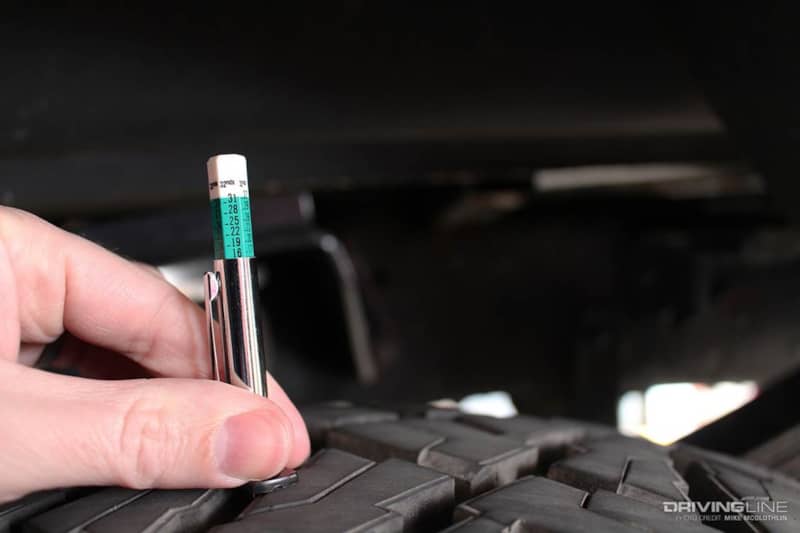
The first has to do with a car or truck’s suspension setup. Keeping track of tire wear can provide you with insight on any alignment, shock absorber, or swaybar problems that might be hiding under the chassis. On top of that, choosing the right tire for your particular needs, whether that’s weekend track fun, daily commuting, or clambering over rocks on your way to the next overland camp site, can help prevent problems from developing in the first place by providing the right mix of traction, abuse-absorption, and tread life.
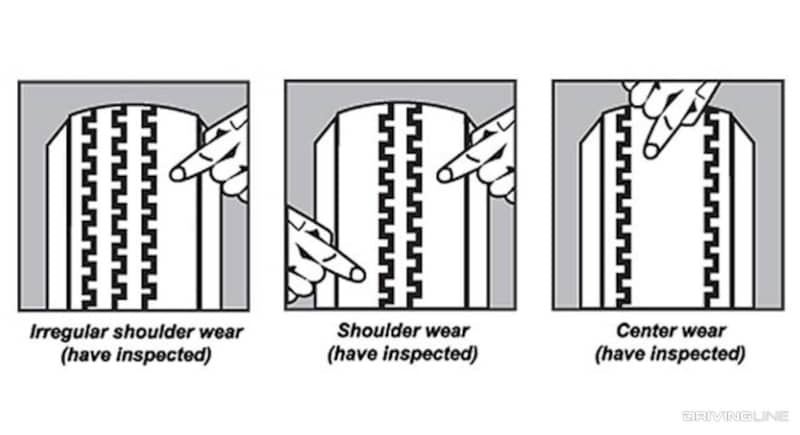
An equally important concern is how proper tire maintenance can affect your enjoyment of your vehicle. Worn tires are going to feel sketchy in the rain or snow, and likely contribute to inconsistent performance from your steering and suspension even when driven at normal speeds on dry pavement. That can contribute to a car that feels like it might require serious repairs when all that’s really needed is the right set of replacement rubber. The problem is insidious: you can easily grow accustomed to gradual tire wear, to the point where moving to a new set feels like a night and day difference for your vehicle.
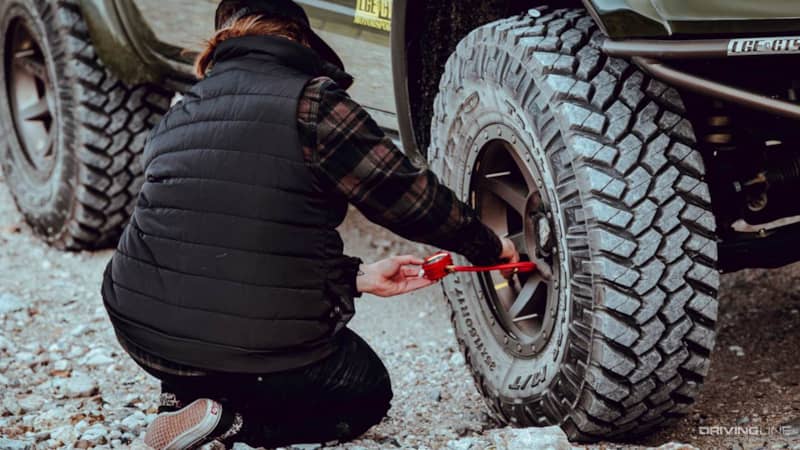
The bottom line? Tires should be replaced once they’ve worn past a safe level, or when they show any signs of damage (such as chunking on the tread, gouges or cracking in the sidewall, or a serious puncture). You’d be surprised at how much new tires can affect how a vehicle feels and performs, even when simply driving to work and back.
Don’t Ignore Fluid Changes
With an older car it can be tempting to push off that oil change or coolant flush for just a few hundred more miles. After all, it’s been running well so far, so what difference does it make if you tack on a little more driving to the factory-recommended interval? You might be surprised to find out that fluid maintenance is one of the most important aspects of keeping an older car on the road.
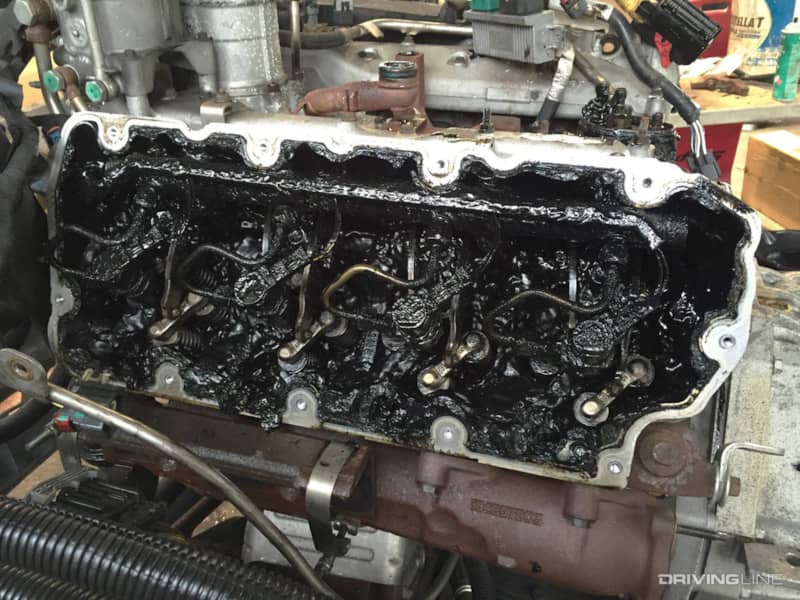
There are many reasons why this is true. For starters, a vehicle that’s already seen a decent amount of mileage is likely to have accumulated more dirt, grime, and accumulated build-up inside its oil passages, coolant channels, differentials, and transmission. Not only do they play an important role in your car or truck running smoothly, but the detergents and additives in replacement fluids can help keep passages clean and protected from corrosion. To ensure that none of that gunk solidifies in place or starts to interfere with the operation of key components, swapping out old lubricants, anti-freeze, and oil (and making sure to change their filters at the same time) is crucial.
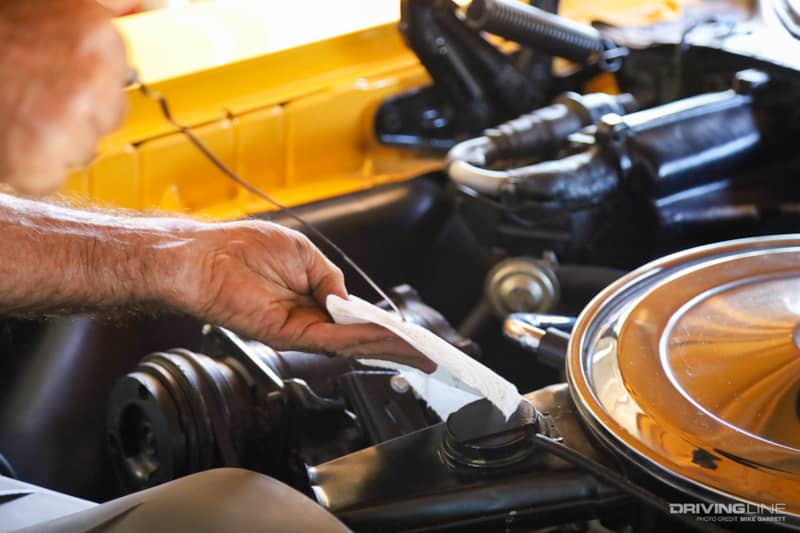
Also important? The condition of the fluids you drop out of your auto can provide you with clues about what’s going on inside. In some cases, this can help you head off a potential issue before it becomes an expensive problem. Sludge or metal shavings in engine oil, burnt-smelling coolant, or dark brake fluid are signs that there could be an issue somewhere in the system that should be addressed before the next fluid change.
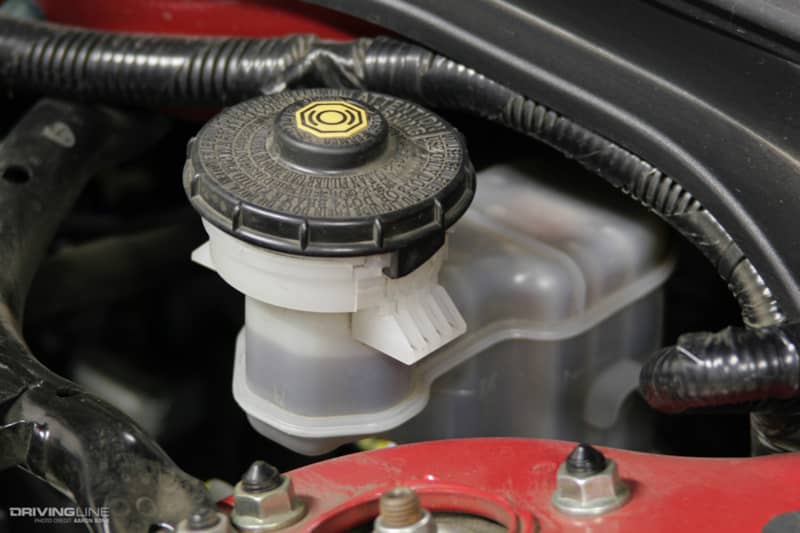
Finally, consider that an older engine or transmission is more likely to run a little hot or experience oil pressure issues than a new one. Should that happen, fresh fluids are cheap insurance that might mean the difference between surviving a near-overheat condition and having your head gasket warp. Don’t underestimate the ability of clean coolant and oil to absorb heat-related issues or work their way around temporary blockages in the system.
Stay On Top Of Repairs
Putting off an oil change is one thing, but what about those small repairs that can seem to pile up over time when you’re driving an older car? At a certain point it can feel overwhelming to look at a mechanic’s estimate of what it would take to put right all of the little things that are wrong with your vehicle, which drives many owners to seek out the security of a new, in-warranty replacement.
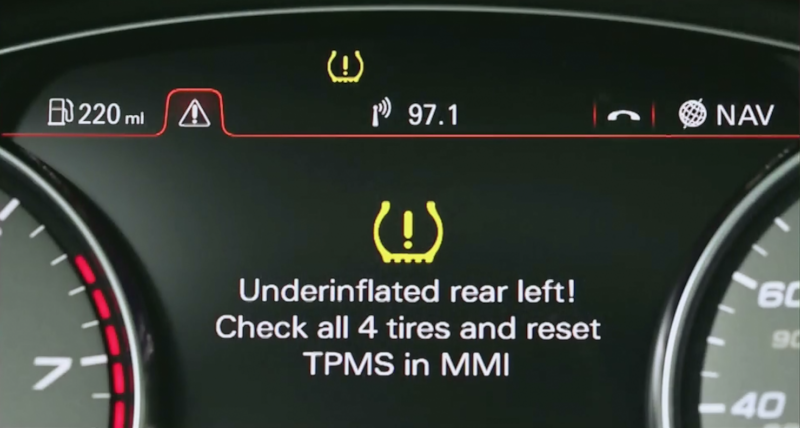
The easiest way to avoid the crushing feeling that can come with an avalanche of small repairs is to stay on top of problem as they appear rather than waiting for them to reach critical mass. Once the check engine light comes on you should head to your local auto parts counter, or whip out your code scanner, so you can figure out what your vehicle is trying to tell you. The same is true when a headlight goes out, a piece of trim falls off, or you start to notice poor fuel mileage or a loss of power in regular driving.
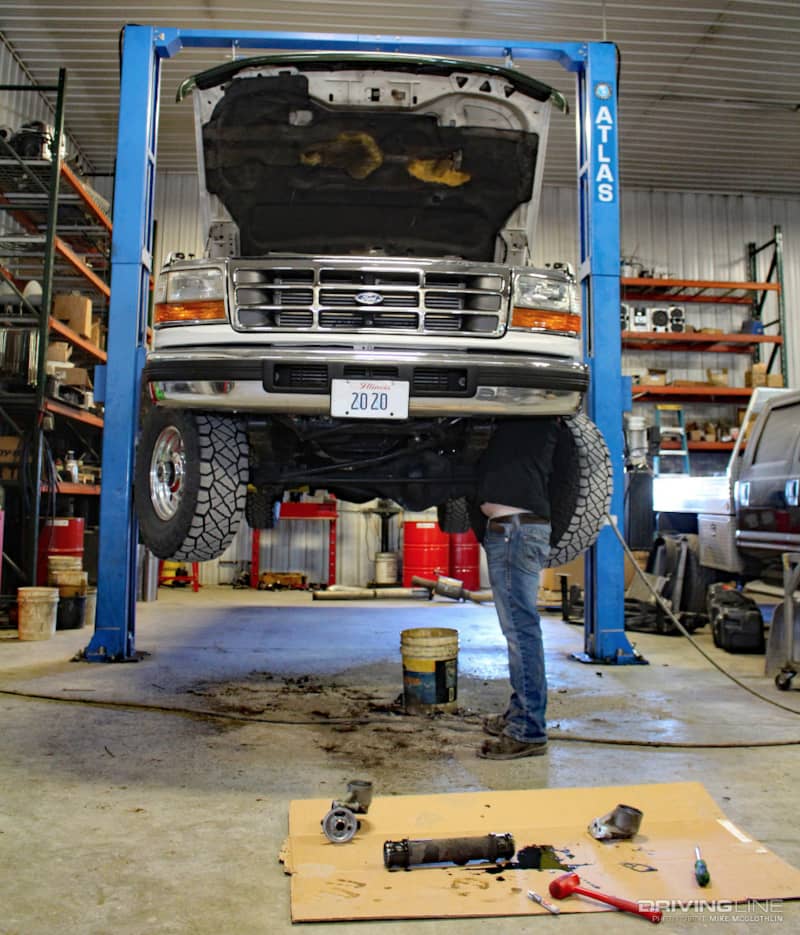
Don’t ignore what your ride is trying to tell you. You might be surprised by how affordable it can be to repair something small, and how much of an improvement it can make in how your automobile drives. It’s certainly cheaper than waiting for a bunch of small problems to come together like Voltron into one very expensive bill—not to mention less expensive than adding a new car payment to your monthly expenses.







